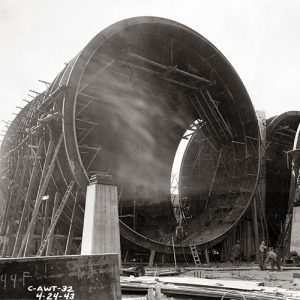
Design and Construction
The NACA designed its unique Altitude Wind Tunnel (AWT) during World War II specifically to study the performance of aircraft engines in realistic simulated flight conditions.
The Altitude Wind Tunnel (AWT), the nation’s first wind tunnel capable of studying full-scale engines under realistic flight conditions, played a significant role in the development of early U.S. jet engines. In the 1960s, the tunnel was converted into one of the country’s first large vacuum tanks, named the Space Power Chambers (SPC), to support the Centaur rocket program.
Grid View List View

The NACA designed its unique Altitude Wind Tunnel (AWT) during World War II specifically to study the performance of aircraft engines in realistic simulated flight conditions.
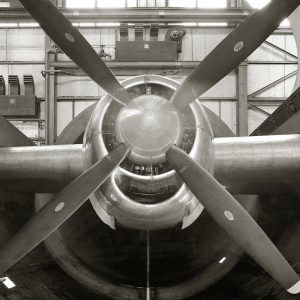
The AWT began operation in 1944 and contributed to the World War II effort by resolving the B-29 bomber’s engine cooling problems and testing the nation’s earliest jet engines.
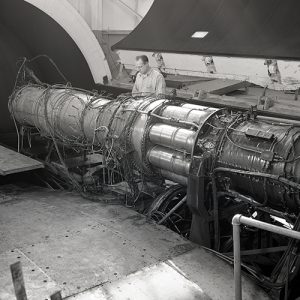
The AWT’s post-war testing and improvement of axial-flow turbojet engines was the facility’s most enduring contribution to the aerospace field.
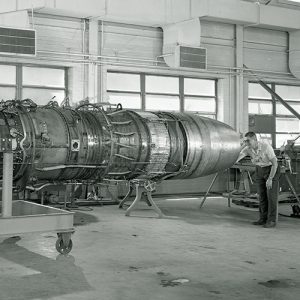
By the 1950s, jet engines were significantly outperforming their predecessors. Yet, the onset of the Cold War increased the urgency for further advances. The AWT was very active testing these new propulsion systems throughout the decade.
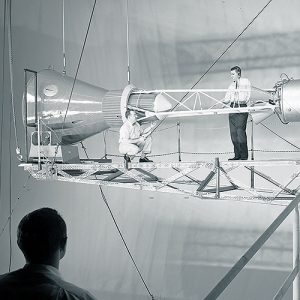
In the early 1960s, NASA modified the AWT to address the needs of the burgeoning space program. The facility first supported Project Mercury, then was permanently transformed into two large altitude chambers.
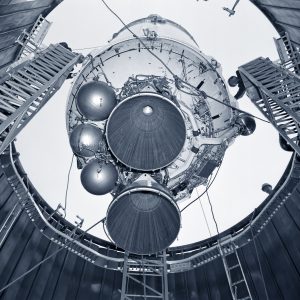
In the early 1960s, NASA decided to use it new SPC test chambers for a variety of tests of the Centaur upper stage rocket. These included tests of its retrorockets, electronics systems, shroud jettison system, and fuel tank ventilation.
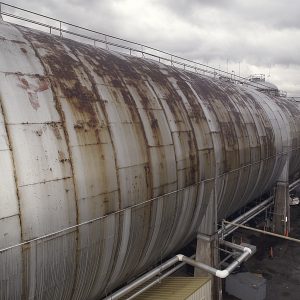
NASA’s use of the SPC diminished in the 1970s, and a proposed restoration of the tunnel in the 1980s did not come to fruition. After years of under-use, the center demolished the facility in 2009.
Grid View List View
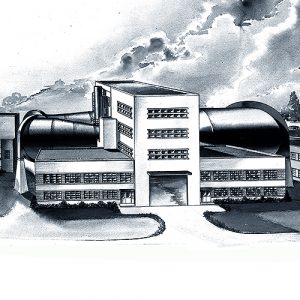
The AWT employed sophisticated design features to overcome the difficulties associated with operating engines in simulated altitude conditions. These included a unique steel shell, an air scoop, a make-up air system, and unique banks of cooling coils.
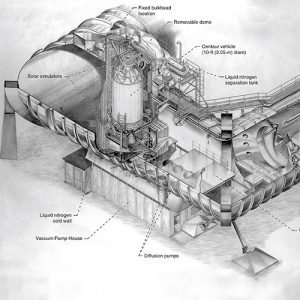
In the early 1960s, NASA converted the AWT into two large altitude test tanks known as the Space Power Chambers (SPC).
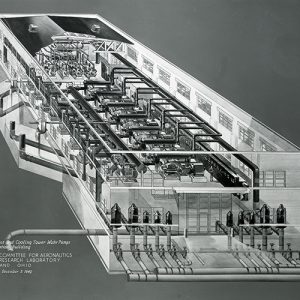
The AWT relied upon equipment in several external buildings to create the facility’s altitude environment.
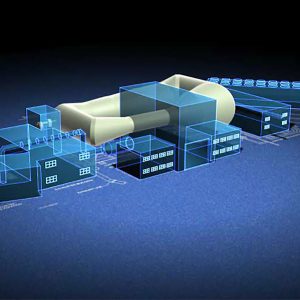
This page describes how the AWT and SPC No. 1 operated, gives overview of the development of wind tunnels and vacuum chambers, and defines terms related to these facilities.
Grid View List View
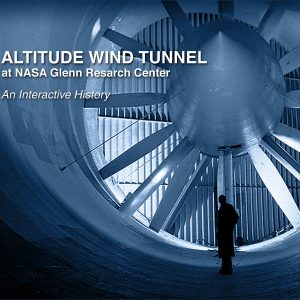
The historic mitigation effort yielded several types of publications that document the history of the Altitude Wind Tunnel (AWT) and the Space Power Chambers (SPC). These included a narrative history, a website, documentary video, a Historic American Engineering Report, and exhibit posters.
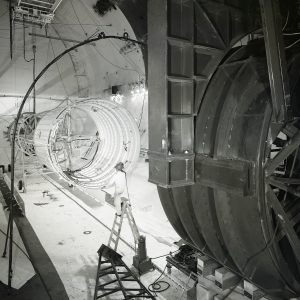
This page contains several timelines that trace events that impacted the AWT and SPC, tests conducted at the facility, and the development of wind tunnels and vacuum chambers. 1936 NACA Committee on Aeronautical Facilities formed George Lewis begins visit of Germany aeronautical facilities Initiation of NACA Committee on Relation of NACA to National Defense First … Read the rest ⇢
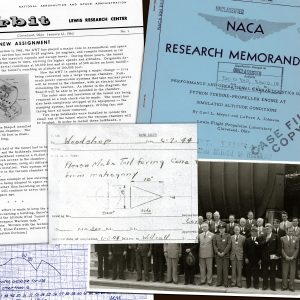
This page contains digital versions of various historical documents and resources related to the Altitude Wind Tunnel (AWT). These include technical reports, newspaper articles, floor plans, correspondence, talks, reports, tutorials, and other documents.

Grid View List View
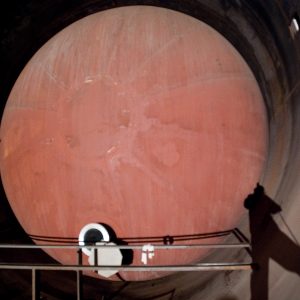
NASA Glenn Research Center has a number of historic facilities, some of which have been demolished in recent years. Many of these sites had not been fully utilized for years and were in disrepair. Section 106 of the National Historic Preservation Act(NHPA) requires every federal agency to consult with the State Historic Preservation Offices on … Read the rest ⇢